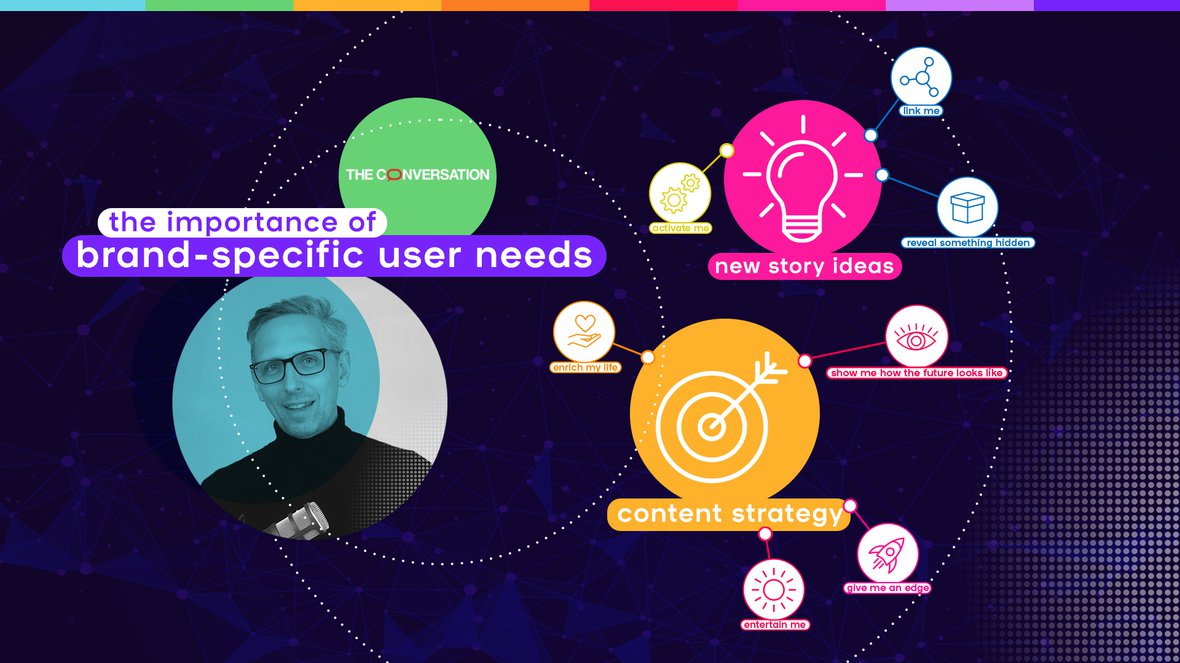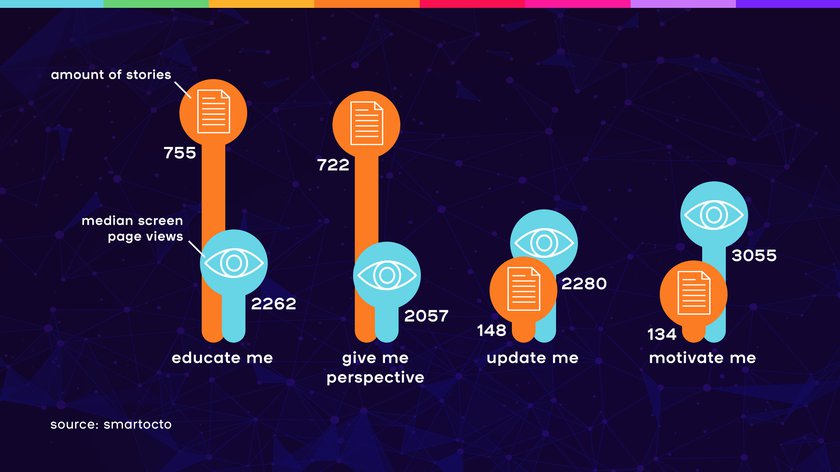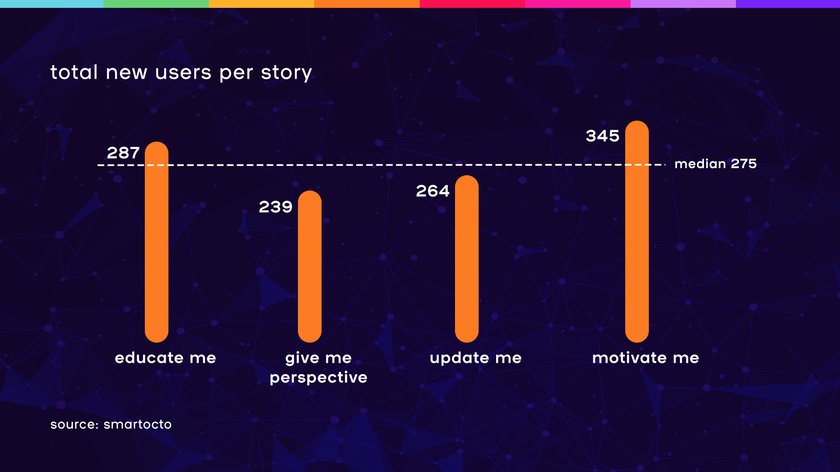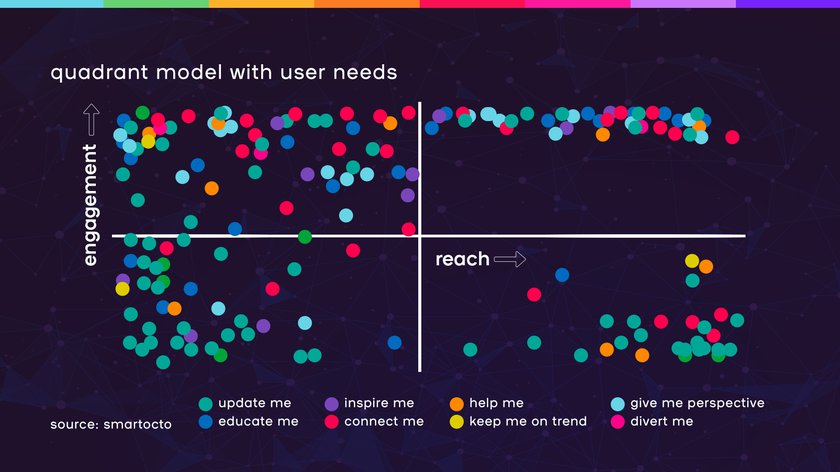All successful media brands have their own set of user needs which enable them to better connect with their audience and enhance the performance of their sites. The Conversation demonstrates how they realised that brand-specific user needs are essential.
The idea that users need more from news sites than simply being ‘updated’ first gained prominence at BBC World in 2017, but has since been adopted and adapted by an increasing number of media organisations.
Following a period of extensive research and consultancy, earlier this year media consultant Dmitry Shishkin, together with editorial data company, smartocto, identified eight universal needs - adding two needs often omitted which answer the increasing call for more ‘service’ or ‘solutions’ based content.
Journalistic organisations can use the model in two ways:
- In the creative process, for generating new story ideas. For example, if research shows a doubling of bicycle accidents in a city over ten years, addressing the 'Help me' need could involve providing tips on safely cycling through the city.
- In crafting and overseeing a content strategy. For instance, if data research reveals that 'Give me perspective' stories are created more frequently, but 'Educate me' stories are read more often, the editorial team can be directed to produce more of the latter. Make sure you analyse this in combination with topics and formats.
According to Dmitry Shishkin, understanding your unique position in the market and aligning your production with the desires of your audience is crucial. This involves researching very specific needs. Vox.com, for instance, identified the need 'Take me from micro to macro' - a brand-specific user need tailored for their audience, broadly sitting under the context-centric axis. It's not just about wanting to explain the news; it's about how you do it that matters.
The user needs approach
Which brings us to The Conversation. As an international news outlet, they became interested in the user needs approach - and specifically the question of whether the needs identified were the best ones for the brand.
—------------------------------------
The Conversation:
- Established in 2011, originally in Australia
- Newsrooms in nine regions, including UK, US, France, Brazil
- Editors across newsrooms commission academics and researchers who write articles
- Topics: politics, science, environment, health, business, education, arts and culture
- Target audience: broad
- Main user need: Educate me
—------------------------------------
The Conversation uses the User Needs Model for its UK edition. “We started during the pandemic,” says Khalil A. Cassimally, head of audience insights. “Suddenly, we were writing extensively about Covid 19. This applied to us, but also to all our competitors. My personal take is that we, as the media industry, have been writing for ourselves for far too long instead of for our audience. As journalists, we were very eager to stay informed about the latest news, but the audience was not seeking minute-to-minute updates. The situation called for more empathy.”
Thorough data analysis
To address this, Cassimally enlisted the help of smartocto and Dmitry Shishkin to undertake a thorough analysis, converting that empathy into a data-driven content strategy appropriate to each section. Most news organisations find out they’re overproducing ‘regular’ news stories (the ones classed as ‘Update me’), but something else was happening here. The site focuses on four user needs:
- Update me (they call it ‘Keep me on trend’)
- Motivate me (a subset of Action-centric axis)
- Give me perspective
- Educate me
The analysis performed centred on the balance between newsroom output and performance. What emerged? The 'Motivate me' articles performed exceptionally well, but they produced too many 'Give me perspective' stories. Relative to the other user needs, these did not contribute sufficiently to attracting new visitors or satisfying loyal ones.





